As a leading precision machine shop, Richconn stands committed to delivering unrivaled precision and excellence in every aspect of our work. Dive into the world of geometric accuracy with us as we explore the pivotal concepts of "straightness" and "flatness" in CNC machining.
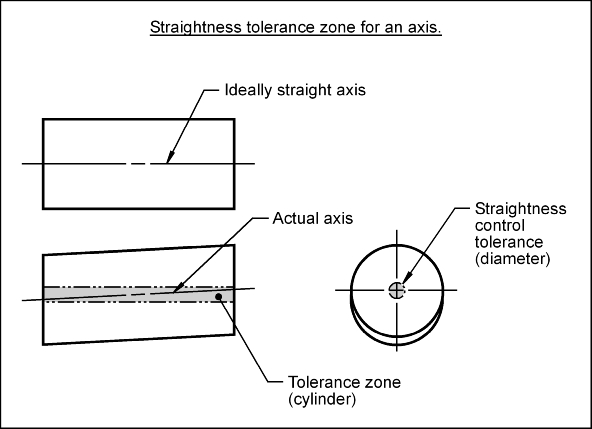
Straightness defines the extent to which an object's surface or axis aligns perfectly with an ideal straight line. In the realm of CNC machining, this geometric attribute becomes pivotal. The measurement and assurance of straightness ensure that machined components, whether shafts, rails, or precision parts, meet stringent quality standards. Achieving straightness involves intricate processes, from initial design considerations to precision machining techniques.
Straightness is just one facet of geometric tolerances. It operates within a set tolerance zone, allowing for permissible deviations from perfect straightness. This tolerance zone plays a critical role in determining the acceptability of a machined component. For instance, a tighter tolerance might be crucial for high-precision machinery components compared to general-purpose parts.
Ensuring straightness involves a blend of cutting-edge machining techniques and meticulous quality control measures. CNC machining methods, such as multi-axis milling or turning, are employed to achieve precise straightness. Additionally, metrology tools like coordinate measuring machines (CMMs) or laser trackers aid in assessing and validating straightness, ensuring compliance with desired specifications.
The impact of straightness on the functionality and longevity of machined components cannot be overstated. In applications like aerospace or automotive engineering, where critical rotating components are prevalent, even slight deviations from perfect straightness can lead to operational inefficiencies, premature wear, or catastrophic failures. Therefore, meticulous adherence to straightness specifications is imperative to ensure optimal performance and safety.
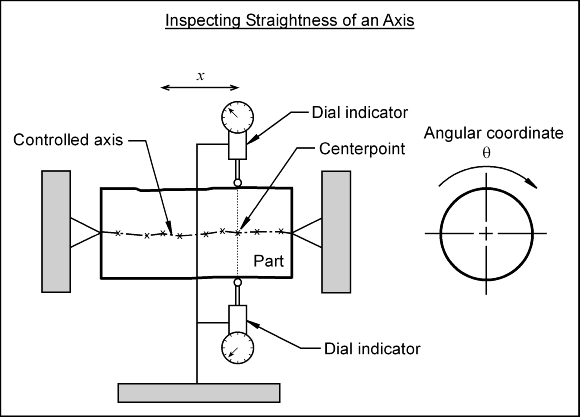
In the context of CNC machining, straightness transcends being a mere attribute. It becomes a hallmark of precision, directly influencing the quality, reliability, and functionality of the machined parts.
The journey towards achieving impeccable straightness commences during the design phase. Engineers meticulously craft designs that prioritize geometric precision. Advanced CAD software facilitates the creation of intricate geometries with specified straightness requirements, laying the foundation for successful CNC machining processes.
Material selection significantly impacts the attainability of desired straightness. Various materials exhibit differing tendencies when subjected to machining processes. Factors like thermal expansion, material homogeneity, and inherent stresses within the material matrix can pose challenges to maintaining straightness during machining. Innovative approaches in tooling, temperature control, and material handling are deployed to mitigate these challenges.
In the realm of CNC machining, achieving precise straightness demands a fusion of advanced machining techniques and rigorous quality control. Multi-axis machining centers equipped with high-precision tooling and cutting strategies are employed to ensure the desired straightness. Moreover, strategies such as adaptive toolpathing and in-process monitoring contribute to real-time adjustments, enhancing straightness accuracy during the machining process.
Validating straightness necessitates an arsenal of metrology tools and techniques. CMMs equipped with probing systems, laser interferometers, or profilometers are employed for comprehensive inspection. These tools meticulously assess deviations from the ideal straightness, allowing for accurate feedback loops to optimize machining parameters and ensure adherence to stringent tolerances.
Industries demanding utmost precision, such as medical device manufacturing or aerospace engineering, place paramount importance on straightness. In applications like surgical instruments or aircraft engine components, where reliability and precision are non-negotiable, the stringent adherence to straightness tolerances becomes a cornerstone of quality assurance.
Beyond functionality, straightness contributes significantly to the structural integrity of machined parts. In structures where components rely on precise alignment, deviations from specified straightness can compromise load-bearing capacities, leading to potential structural failures. This underscores the pivotal role of straightness in ensuring robust and reliable structures.
The ramifications of straightness transcend functionality and safety; they extend to economic considerations. Inefficient utilization of resources due to components failing to meet straightness standards results in increased scrap rates, rework costs, and potential delays in project timelines. Consequently, meticulous attention to straightness directly impacts operational efficiency and cost-effectiveness.
The distinction between straightness and flatness is vital for a comprehensive understanding of geometric tolerances in CNC machining.
While straightness concerns itself with the linearity of an object's axis or surface, flatness delves into the perfection of a surface. In CNC machining, flatness becomes crucial when dealing with surfaces that need to mate seamlessly or interfaces where precision assembly is paramount.
Similar to straightness, flatness operates within specified tolerances. These tolerances dictate the permissible deviations from a perfectly flat surface. Achieving flatness involves not only precise machining techniques but also considerations in fixturing, clamping, and material selection to minimize warping or distortion during machining processes.
Understanding the interplay between straightness and flatness is essential in optimizing machining processes. Components requiring both attributes demand a delicate balance to ensure that while surfaces are perfectly flat, the overall alignment remains straight. This delicate equilibrium is particularly critical in applications like precision optical devices or semiconductor manufacturing.
The assessment of flatness involves specialized measurement techniques. Profilometers, coordinate measuring machines (CMMs), or optical interferometers come into play, providing detailed insights into the deviations of a surface from the ideal flatness. Integrating these measurements into the quality control process ensures the holistic validation of machined components.
In CNC machining, the significance of flatness extends to various applications. From creating precision mounting surfaces in automotive components to ensuring seamless interfaces in electronic devices, flatness contributes to the overall quality and functionality of machined parts.
Challenges in achieving flatness mirror those encountered with straightness. Material properties, machining dynamics, and tool wear can all impact the flatness of a machined surface. Implementing corrective measures and continual process optimization are essential to overcome these challenges.
Deviation from specified flatness can result in functional issues and, subsequently, economic implications. Increased friction, improper sealing, or compromised assembly can lead to increased warranty claims, decreased product lifespan, and ultimately, higher operational costs. Recognizing and rectifying flatness deviations early in the manufacturing process is key to mitigating these economic impacts.
Ensuring adherence to straightness and flatness tolerances requires meticulous measurement techniques.
Metrology tools play a pivotal role in verifying straightness and flatness. Sophisticated instruments like laser trackers, which offer high-precision measurements over extended distances, provide invaluable insights into the alignment of surfaces or axes. These tools aid in creating detailed reports on deviations and guide corrective actions in the machining process.
| Measurement Point | Deviation from Ideal Straightness (microns) | Deviation from Ideal Flatness (microns) |
|---|---|---|
| Point 1 | 5 | 3 |
| Point 2 | 7 | 4 |
| Point 3 | 4 | 2 |
| ... | ... | ... |
The integration of in-line inspection methods is becoming increasingly prevalent in modern CNC machining facilities. Real-time feedback from sensors embedded within machining centers enables immediate adjustments, ensuring that deviations from desired straightness or flatness are identified and rectified during the machining process itself.
Employing statistical process control (SPC) methodologies aids in continuously monitoring and controlling straightness and flatness deviations. This proactive approach allows for trend analysis, predicting potential deviations, and preventing manufacturing inconsistencies before they impact product quality.
The automation of metrology processes enhances efficiency and accuracy. Automated inspection systems equipped with AI-driven algorithms enable rapid analysis of vast datasets, facilitating quicker decision-making in ensuring straightness and flatness conformity.
Achieving impeccable straightness and flatness demands a strategic approach, integrating various optimization strategies throughout the machining process.
Careful selection of cutting tools and machining strategies significantly impacts straightness and flatness. High-precision tools, coatings, and specialized tool geometries mitigate vibration and deflection, ensuring precise material removal without compromising on geometric accuracy.
Temperature variations can influence material behavior, potentially affecting straightness and flatness during machining. Implementing controlled environmental conditions and material handling techniques minimize thermal distortions, contributing to improved geometric precision.
Well-designed fixtures are crucial in maintaining part stability during machining processes. Proper clamping techniques and fixture designs that minimize part deflection contribute to achieving the desired straightness and flatness throughout the machining operation.
Path planning algorithms play a pivotal role in optimizing tool paths for precision. Adaptive machining strategies that dynamically adjust cutting parameters based on real-time sensor feedback aid in maintaining geometric accuracy, especially in complex geometries or challenging materials.
Conducting thorough material analysis and understanding material properties is fundamental in achieving geometric precision. Optimizing machining parameters based on material characteristics minimizes material stress and distortion, contributing to improved straightness and flatness.
Adopting principles of continuous improvement and lean manufacturing methodologies fosters a culture of optimization. Regular process audits, data-driven analysis, and feedback loops enable iterative enhancements in achieving tighter tolerances for straightness and flatness.
Implementing real-time monitoring systems enables prompt identification of deviations from desired straightness or flatness. Immediate corrective actions, such as tool adjustments or machining parameter alterations, prevent the propagation of geometric inaccuracies.
Exploring real-world examples showcases how meticulous attention to straightness and flatness yields remarkable outcomes in CNC machining.
In the aerospace industry, where precision is non-negotiable, components such as turbine blades or critical structural elements demand exacting straightness and flatness. Case studies exemplify how CNC machining facilities cater to these stringent requirements, ensuring compliance with aerospace standards while delivering reliability and safety.
The realm of medical device manufacturing necessitates flawless components. Surgical instruments, implants, or diagnostic devices rely on precise straightness and flatness to ensure seamless functionality and compatibility with human anatomy. Examining case studies in this sector unveils the meticulous machining processes that enable high-quality, precision-engineered medical devices.
The automotive sector places immense importance on precision in critical components like transmission systems, engine parts, or chassis elements. Delving into case studies elucidates how CNC machining facilities optimize straightness and flatness, ensuring optimal performance, durability, and safety in automotive applications.
In the realm of electronics and semiconductor manufacturing, where minuscule deviations can lead to substantial functional discrepancies, precision is paramount. Case studies reveal how CNC machining facilities navigate challenges to maintain ultra-flat surfaces and precise alignments crucial for electronic components' reliability and functionality.
Summarizing the significance of straightness and flatness in CNC machining encapsulates their indispensable roles in ensuring quality, reliability, and efficiency.
Straightness and flatness serve as fundamental pillars underpinning the quality and functionality of machined components. Their meticulous adherence ensures the seamless operation of critical machinery, the longevity of structures, and the reliability of products across diverse industries.
The field of CNC machining continually evolves, propelled by technological advancements and a commitment to pushing the boundaries of geometric precision. Embracing innovation, adopting novel methodologies, and integrating state-of-the-art tools facilitate the pursuit of tighter tolerances and greater accuracy.
In the intricate world of CNC machining, precision reigns supreme. Straightness and flatness, seemingly simple geometric attributes, wield profound influence over the functionality, reliability, and quality of machined components across industries. From aerospace marvels demanding exacting standards to medical devices necessitating seamless precision, the significance of these geometric principles is undeniable.
As technology advances and industries evolve, the pursuit of geometric accuracy becomes an unyielding commitment. Richconn stands at the forefront of this precision-driven landscape, dedicated to delivering not just components but unwavering excellence. Our relentless pursuit of tighter tolerances, innovative methodologies, and a steadfast commitment to client satisfaction define us as pioneers in the realm of CNC machining.
As we navigate the path ahead, precision remains our guiding star. Join us in this journey toward redefining precision, where every component embodies excellence, every project epitomizes accuracy, and every partnership reflects our unwavering commitment to precision engineering.
Embrace the future of precision. Partner with Richconn, where precision isn't just a promise—it's a commitment etched into every machined surface, ensuring a world where precision knows no bounds.
 CNC Honing Service A Guide for Concept & SelectionMay 20, 2024CNC honing service helps to achieve tighter tolerances and better surface finishes on a wide range of precision machined parts with a round bore. Here's a simple guide for its concept and selection.view
CNC Honing Service A Guide for Concept & SelectionMay 20, 2024CNC honing service helps to achieve tighter tolerances and better surface finishes on a wide range of precision machined parts with a round bore. Here's a simple guide for its concept and selection.view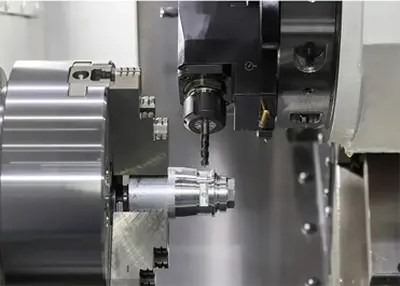 Precautions for Using CNC TurningApril 25, 2023Turning is a cutting method that uses the rotation of the workpiece relative to the tool on a lathe to perform cutting operations. CNC turning allows the workpiece rather than the tool to provide most...view
Precautions for Using CNC TurningApril 25, 2023Turning is a cutting method that uses the rotation of the workpiece relative to the tool on a lathe to perform cutting operations. CNC turning allows the workpiece rather than the tool to provide most...view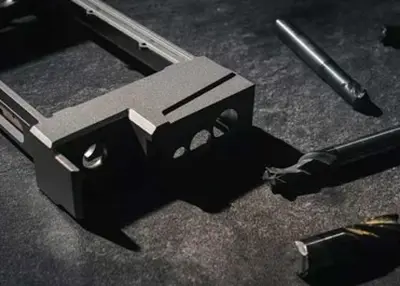 Comprehensive Insights into Metal Polishing Techniques and BenefitsJanuary 26, 2024Metal polishing is a reliable post-treatment process to enhance the surface quality of machined metal parts. Read on to discover more about metal polish.view
Comprehensive Insights into Metal Polishing Techniques and BenefitsJanuary 26, 2024Metal polishing is a reliable post-treatment process to enhance the surface quality of machined metal parts. Read on to discover more about metal polish.view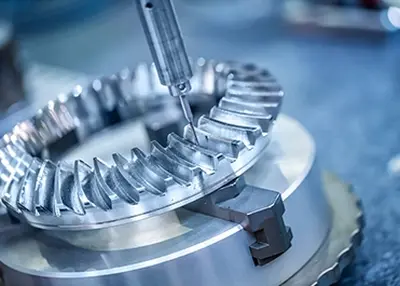 CNC Steel: Key to Precision in CNC MachiningNovember 6, 2023Are you seeking the perfect material for your CNC machining project, one that promises precision and durability? Look no further than CNC steel. In this guide, I'll take you through the world of CNC steel, helping you understand its various types, selection criteria, and how to make the most of this essential material in your CNC machining endeavors.view
CNC Steel: Key to Precision in CNC MachiningNovember 6, 2023Are you seeking the perfect material for your CNC machining project, one that promises precision and durability? Look no further than CNC steel. In this guide, I'll take you through the world of CNC steel, helping you understand its various types, selection criteria, and how to make the most of this essential material in your CNC machining endeavors.view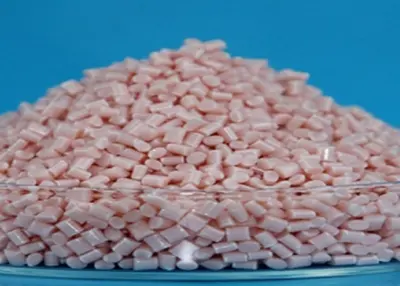 Machining on a Dime: Creating High-Quality Products with Cheap CNC MaterialsDecember 4, 2023In today's fast-paced world, businesses are constantly seeking ways to reduce costs without compromising on quality. This is particularly true for manufacturers who heavily rely on CNC machining t...view
Machining on a Dime: Creating High-Quality Products with Cheap CNC MaterialsDecember 4, 2023In today's fast-paced world, businesses are constantly seeking ways to reduce costs without compromising on quality. This is particularly true for manufacturers who heavily rely on CNC machining t...view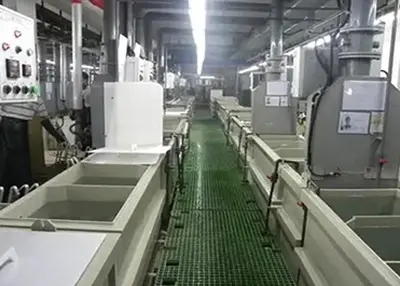 Do You Know How Anodizing Works?November 4, 2022Anodizing, the process of forming an oxide film on aluminum products (anode) under the action of an applied current under the corresponding electrolyte and specific process conditions of metal or allo...view
Do You Know How Anodizing Works?November 4, 2022Anodizing, the process of forming an oxide film on aluminum products (anode) under the action of an applied current under the corresponding electrolyte and specific process conditions of metal or allo...view